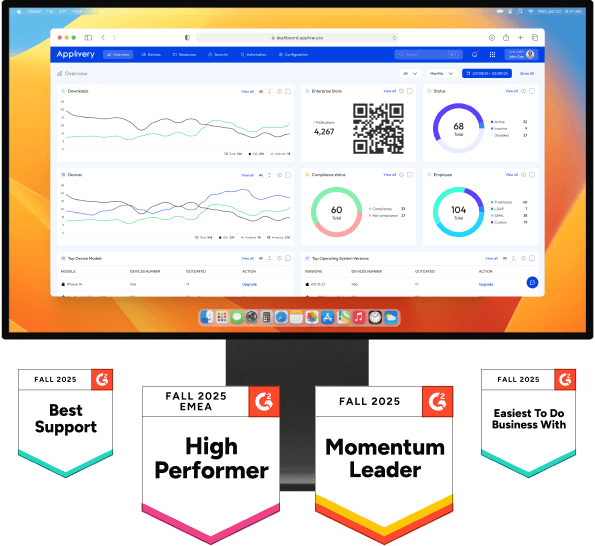While the Google Pixel 10, arriving August 20, 2025, retains its familiar exterior, it’s because this generation’s true transformation is architectural, directly addressing the efficiency challenges that you, as an IT professional, know well.
Google has focused all its resources on the most critical move for the device’s performance and battery life: the jump of its Tensor G5 chip to TSMC’s 3nm manufacturing process. This change isn’t just a simple benchmark improvement; it’s the solution to the thermal management and power consumption problems that defined previous generations.
Tensor G5: the real star isn't the fastest, but the smartest
The move to TSMC is the most important news. For you, the professional who deals with the consequences of device performance, it means everything:
Greater power efficiency: this translates directly to longer battery life. The Pixel 10 base is expected to feature a ~4,970 mAh battery, with the Pro XL getting a ~5,200 mAh cell. Fewer devices dying mid-afternoon and fewer user complaints.
Better thermal management: one of the Achilles’ heels of previous Tensors was overheating. The TSMC process promises to solve this, resulting in more sustained and reliable performance, which is crucial for demanding tasks.
An in-house designed ISP: Google has taken full control of the Image Signal Processor. This means the Pixel’s legendary computational photography now has custom-built hardware, enabling software improvements that competitors can’t replicate without changing their sensors.
Google isn’t looking to win the benchmark wars against the latest Snapdragon or Apple chip. Its goal is more ambitious: to create a flawless user experience where AI and hardware work in perfect harmony. They want you to have peace of mind, knowing the device just works.
The bold camera strategy: software is king
This is where Google’s strategy becomes fascinating. The company is creating a very clear division between its models, betting everything on software:
Pixel 10 Base: for the first time, it includes a telephoto lens, a huge leap in versatility. The trade-off is that the main and ultra-wide sensors might be from a lower tier.
Pixel 10 Pro & Pro XL: the camera hardware is virtually identical to the previous generation. Google is asserting that all significant improvements will come from the Tensor G5’s new ISP and AI processing.
For the Pro models, the advantage isn’t in the physical sensor but in the AI-powered “digital darkroom.” It’s the ultimate proof that the synergy between its software and custom silicon is its real secret weapon.
The ecosystem closes in Qi2 and magnetic standardization
If you’ve been waiting for an Android answer to the MagSafe ecosystem, it has arrived. The Pixel 10 series introduces the Qi2 wireless charging standard with built-in magnets.
This is much more than a simple charging upgrade. It’s the birth of a platform. Under the rumored “Pixelsnap” brand, the door is opening to a universe of standardized magnetic accessories. For you, as a technology manager, this represents a new standard to consider, with implications for purchasing corporate accessories and for the user experience.
Android 16 and "Magic Cue": the AI that works for you
The Pixel 10 series will debut with Android 16 and a promise of 7 years of OS and security updates—a key point for device longevity and TCO. But the crown jewel of the software is “Magic Cue,” the new proactive AI assistant.
Forget having to ask your assistant for things. Magic Cue is designed to anticipate your needs:
It runs entirely on-device, ensuring privacy and speed.
It reads your screen’s context to offer relevant actions without being prompted.
This is the materialization of “ambient computing.” It’s the tool that will make you feel like you have a bigger team, automating small tasks so you can focus on what’s important.
What does this all mean for you and device management?
The Google Pixel 10 isn’t just a phone for enthusiasts. It’s a glimpse into the future of corporate endpoints: smarter, more power-efficient, and more integrated into an ecosystem of accessories and software.
Every new generation brings new challenges for deployment, security, and management. Is your current solution prepared to manage these new devices, alongside your existing fleet of Android devices, in a simple and unified way?
At Applivery, we understand that efficiency is everything. Just as the Tensor G5 optimizes the Pixel 10’s performance, our UEM platform is designed to optimize your workflows. We simplify device management so you can be more productive and dedicate your expertise to the projects that truly add value, with the peace of mind that comes from having a robust solution backing you up.
Ensure your endpoint management is as advanced as the devices you handle. Take the next step with the option that best suits you:
- Download our exclusive Whitepaper key factors to select an MDM solution.
- Schedule a free demo with our experts and get all your questions answered.







